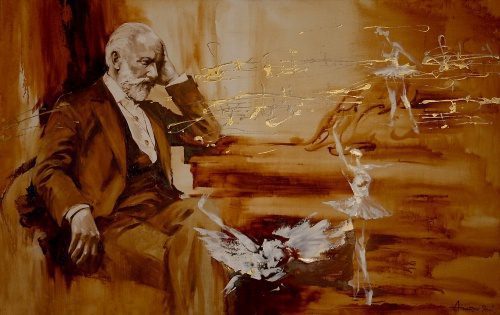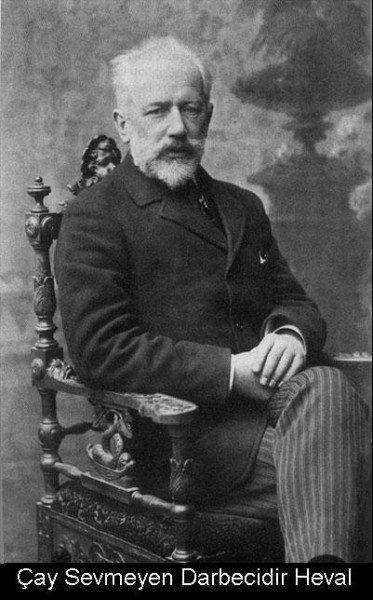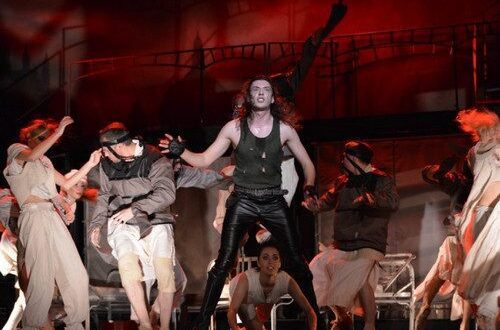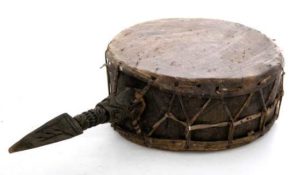
Works by Tchaikovsky for children
Contents
Petya, Petya, how could you! Exchange jurisprudence for a pipe! – These were the words roughly used by the angry uncle of his negligent nephew, who had left the service of a titular adviser in the Ministry of Justice to serve Euterpe, the patroness of music. And the nephew’s name was Peter Ilyich Tchaikovsky.

And today, when the music of Pyotr Ilyich is known throughout the world, when international competitions are held. Tchaikovsky, in which academic musicians from all countries take part, it can be argued that it was not in vain that Petya abandoned jurisprudence.
Pyotr Ilyich’s work contains many serious works that earned him worldwide fame, but he also wrote music that was understandable and accessible to children. Tchaikovsky’s works for children are familiar to many from early childhood. Who hasn’t heard the song “The Grass Is Greener”? – many people sang and hum it, often without suspecting that the music belongs to Tchaikovsky.
Tchaikovsky – Music for children
Pyotr Ilyich’s first turn to children’s themes was the composition of his “Children’s Album,” the creation of which the composer was prompted by his communication with the deaf-mute boy Kolya Conradi, a pupil of his younger brother Modest Ilyich Tchaikovsky.

“An Old French Song” and “Song of the Minstrels” from the opera “The Maid of Orleans” are the same melody, when writing which Tchaikovsky used an authentic medieval tune of the 16th century. Dreamy and soulful music, reminiscent of an ancient ballad, evoking associations with paintings by old masters, uniquely recreates the flavor of France in the Middle Ages. One can imagine cities with castles, streets paved with stone, where people live in ancient clothes, and knights rush to the rescue of princesses.
And I have a completely different mood. A clear rhythm and bright sound, in which the dry beat of a drum can be heard, create the image of a detachment of marching soldiers, harmoniously typing a step. The gallant commander is in front, the drummers are in formation, the soldiers have medals shining on their chests and the flag flutters proudly above the formation.
“Children’s Album” was written by Tchaikovsky for children’s performance. And today in music schools, acquaintance with the work of Pyotr Ilyich begins with these works.
Speaking about Tchaikovsky’s music for children, it is impossible not to mention 16 songs that are familiar to everyone since childhood.
In 1881, the poet Pleshcheev gave Pyotr Ilyich a collection of his poems “Snowdrop”. It is possible that the book served as an impetus for writing children’s songs. These songs are intended for children to listen to, not to perform.
It is enough to quote the first lines of the song “Spring” to immediately understand what kind of works we are talking about: “The grass is green, the sun is shining.”
Which child doesn’t know Ostrovsky’s fairy tale “The Snow Maiden”? But the fact that it was Tchaikovsky who wrote the music for the performance is known to much fewer children.
“The Snow Maiden” is a true masterpiece in the work of Pyotr Ilyich: a wealth of colors, full of light and fabulous colorful images. When Tchaikovsky wrote the music for “The Snow Maiden” he was 33 years old, but even then he was a professor at the Moscow Conservatory. Not bad, right? He chose the “drum” and became a professor, but he could have been an ordinary titular adviser.
For each play, and there are 12 of them in total, Tchaikovsky chose epigraphs from the works of Russian poets. The music of “January” is preceded by lines from Pushkin’s poem “At the Fireplace”, “February” – lines from Vyazemsky’s poem “Maslenitsa”. And each month has its own picture, its own plot. In May there are white nights, in August there is harvest, and in September there is hunting.
Is it possible to remain silent about such a work as “Eugene Onegin,” better known to children as Pushkin’s novel, excerpts of which they are forced to study at school?
Contemporaries did not appreciate the opera. And only in the 20th century Stanislavsky breathed new life into the opera “Eugene Onegin”. And today this opera is performed with success and triumph both on the theater stage in Russia and Europe.
And again – Alexander Sergeevich Pushkin, because the opera was written based on his work. And the directorate of the imperial theaters ordered the opera to Pyotr Ilyich Tchaikovsky.
“Three, seven, ace!” – the words of the ghost of the countess, which Herman repeated and repeated like a spell, because she promised him three wins in a row.
Among Tchaikovsky’s works for children, “Children’s Album” and “16 Songs for Children” are, of course, most famous. But in the work of Pyotr Ilyich there are many works that cannot be unambiguously called “Tchaikovsky’s music for children”, but, nevertheless, they are equally interesting to both adults and children – this is the music for the ballets “Sleeping Beauty”, “The Nutcracker”, operas “Iolanta”, “Cherevichki” and many others.



